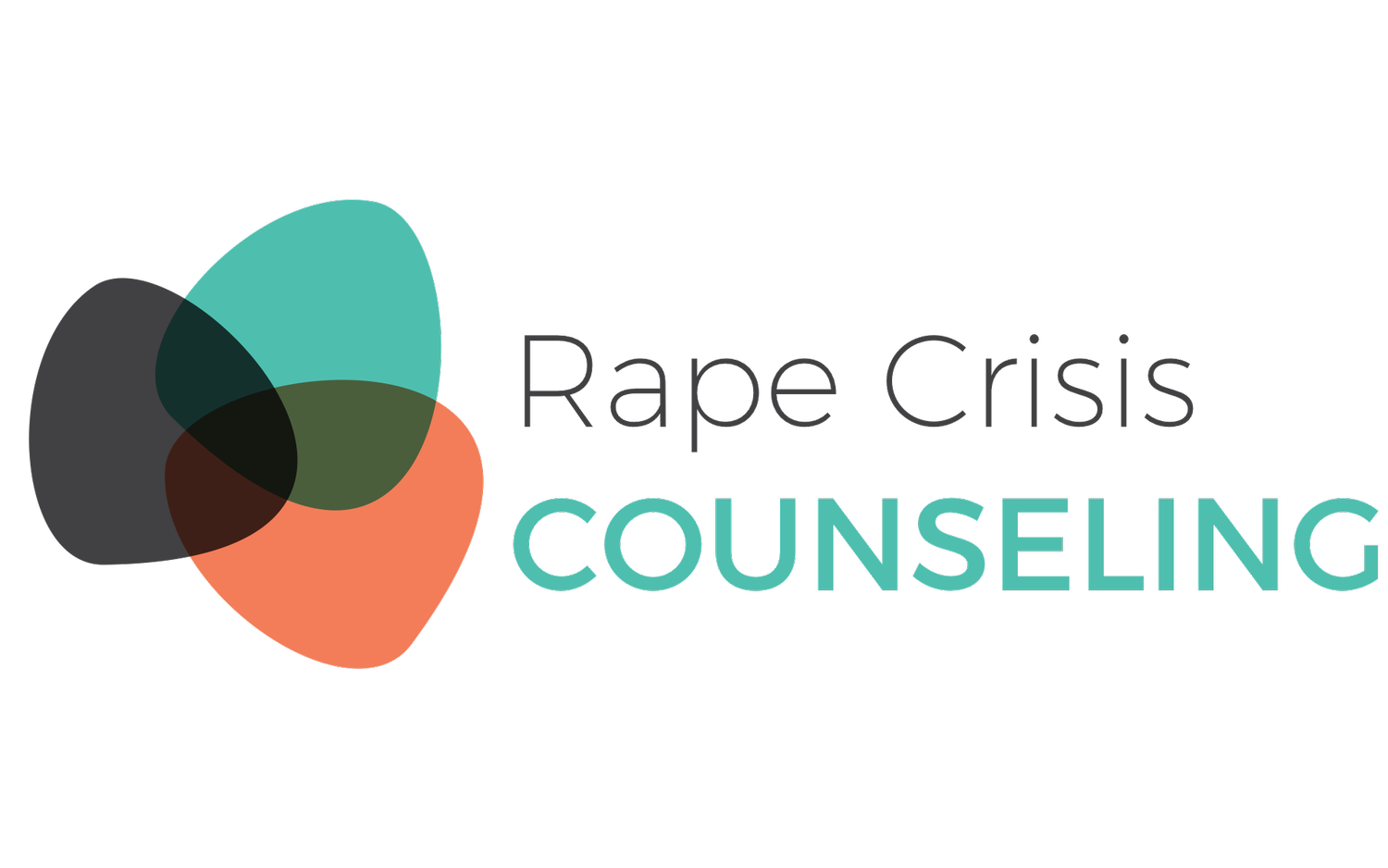1.10.1 Intervention Steps
Whenever we intervene, we want to stay safe.
We do not want to intervene directly when there is a chance that someone could get injured or hurt. In these cases, it’s best to get others involved as a group and let an authority figure know what is happening while we keep a safe distance.
The most unsafe way to intervene is to get very close to the perpetrator and raise your voice in order to call attention to their behavior; this could cause the perpetrator to focus their aggression on you. Whenever you consider intervening, it’s essential to consider your safety first.
It’s important to think through these steps before you intervene:
Notice the behavior: This is usually easy because when we see something happening, it catches our attention.
Interpret it as a problem: Most of us know when something has the potential to turn into a problem.
Assume responsibility: This is more difficult because we can always find many reasons not to intervene, hoping that someone else will do it. Our default response is usually to try to distance ourselves from the situation.
Choose how to intervene: Make a conscious choice about what is the best way to get involved. Can you involve others so that you stay safe in the situation? What is the next step? There are many ways to intervene, including calling emergency services or notifying an authority.
Attempt to help: It’s important that we put whatever choice we have made about how to intervene into action although it may be difficult to step outside of yourself to help another person, especially if they are a stranger.
